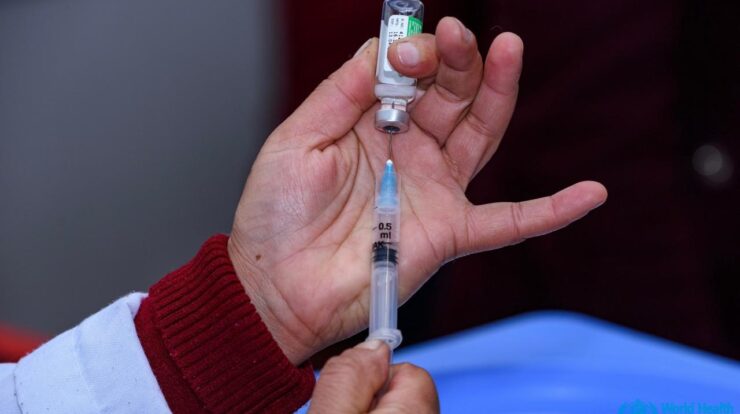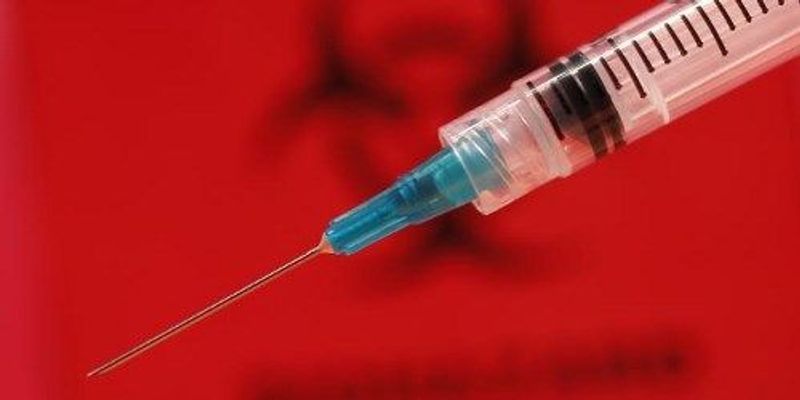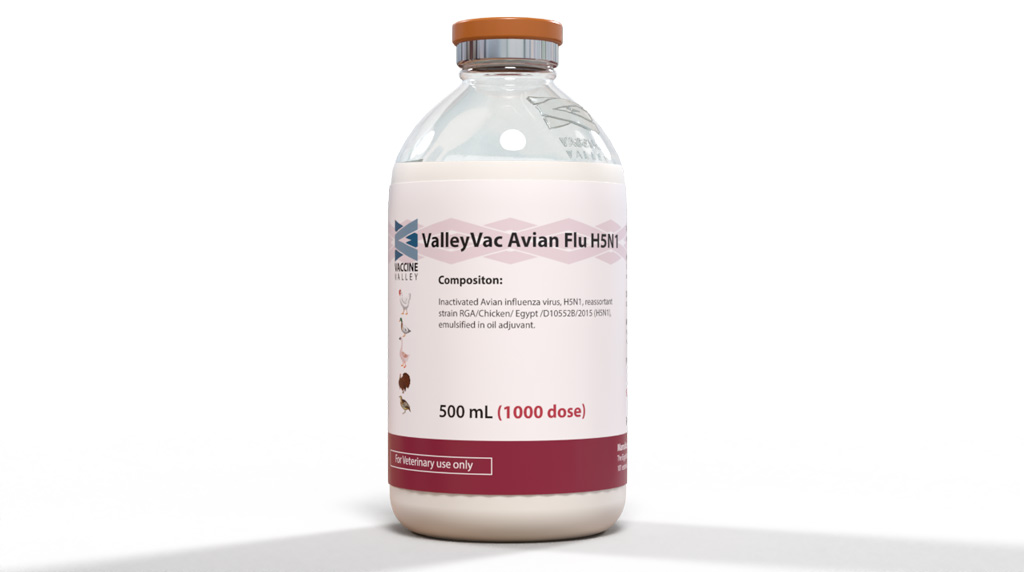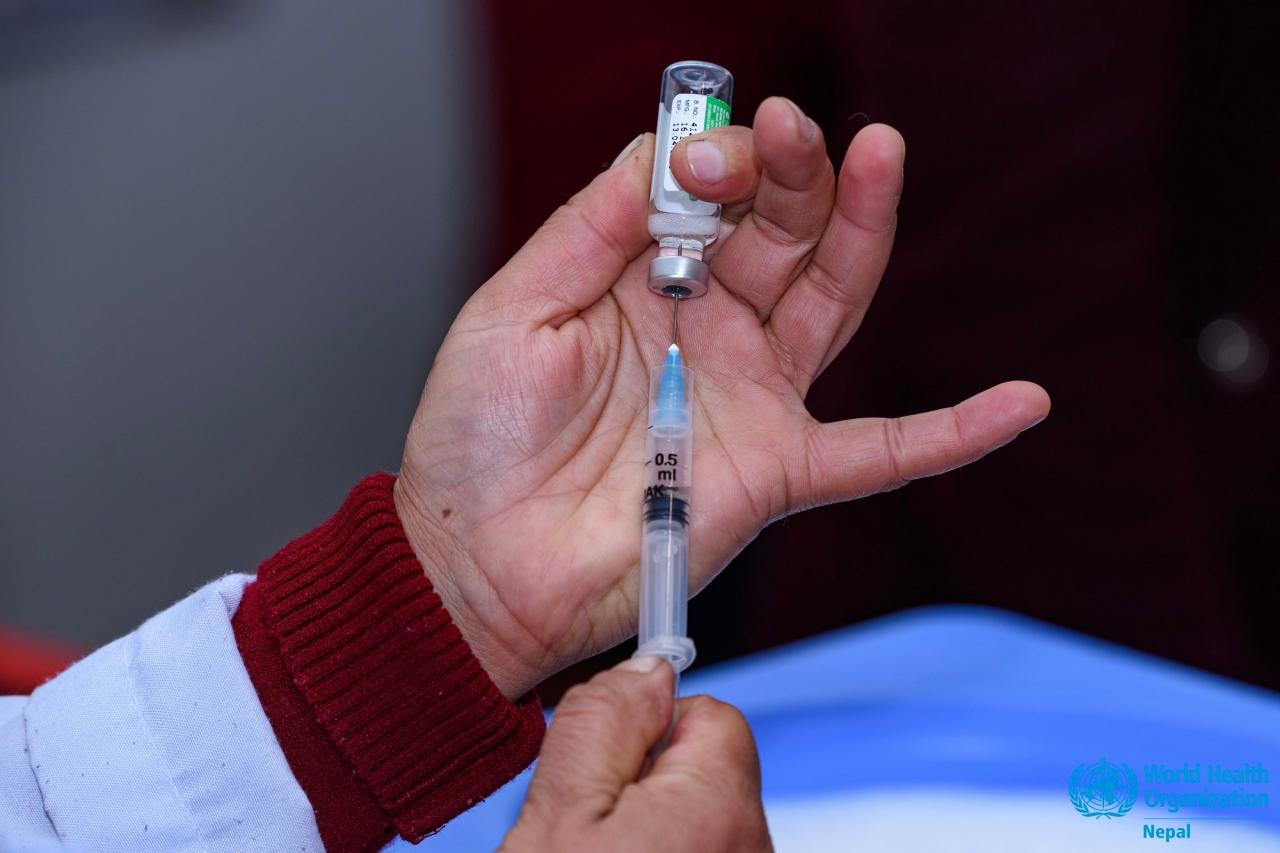
The H5N1 vaccine, a crucial weapon in the fight against a potentially deadly virus, has captured the attention of the scientific community and public health officials alike. This vaccine holds the promise of safeguarding individuals and communities from the devastating effects of H5N1 infection, offering a glimmer of hope in the face of a formidable threat.
With its development rooted in cutting-edge research and rigorous clinical trials, the H5N1 vaccine has demonstrated promising efficacy and safety profiles. As the world grapples with the challenges of H5N1 outbreaks, this vaccine stands as a beacon of hope, offering a path towards prevention and control.
Introduction

The H5N1 virus, a highly pathogenic avian influenza virus, poses a significant threat to both poultry and humans. Transmitted primarily through contact with infected birds or their secretions, H5N1 infection can cause severe respiratory illness and even death in humans.
Given the potential for H5N1 to cause widespread outbreaks and pandemics, the development of an effective vaccine is crucial for preventing infection and mitigating its consequences.
Vaccine Development, H5n1 vaccine
The development of an H5N1 vaccine involves several approaches, including:
- Inactivated vaccines:These vaccines use chemically inactivated virus particles that cannot replicate, making them safe for use in humans.
- Live attenuated vaccines:These vaccines use weakened forms of the virus that can replicate but are unable to cause disease, providing long-lasting immunity.
- Recombinant vaccines:These vaccines use genetic engineering to produce specific viral proteins that stimulate an immune response without the use of live or inactivated virus.
Preclinical and clinical trials are essential steps in vaccine development, ensuring safety and efficacy through rigorous testing in animal models and humans.
Vaccine Efficacy and Safety
Clinical trials have demonstrated the efficacy of H5N1 vaccines in both animal models and humans. In animal studies, vaccinated animals showed reduced disease severity and mortality rates compared to unvaccinated controls.
In humans, clinical trials have shown that H5N1 vaccines induce robust antibody responses and provide protection against infection. The vaccines have been generally well-tolerated, with mild side effects such as injection site reactions and fever.
However, as with any vaccine, there are potential risks and benefits to consider. The benefits of H5N1 vaccination include herd immunity and the reduction of disease burden, while potential risks include adverse events and allergic reactions.
Vaccine Availability and Distribution
Currently, several H5N1 vaccines are available in different regions of the world. However, their availability and distribution can vary depending on factors such as regulatory approvals, manufacturing capacity, and resource allocation.
Ensuring equitable access to H5N1 vaccines is crucial, particularly for populations at high risk of exposure, such as poultry workers and individuals living in areas with frequent outbreaks.
Public Health Implications
H5N1 vaccination has significant public health implications. By preventing outbreaks and reducing disease burden, vaccination can protect individuals, communities, and the healthcare system.
Additionally, H5N1 vaccination plays a vital role in pandemic preparedness and response. By establishing herd immunity, vaccination can limit the spread of the virus and mitigate its impact on society.
Concluding Remarks: H5n1 Vaccine

The H5N1 vaccine has emerged as a cornerstone of public health strategies to combat this deadly virus. Its availability and equitable distribution are essential to protect vulnerable populations and mitigate the impact of H5N1 outbreaks. Continued research and surveillance will further enhance our understanding of this vaccine’s potential and contribute to the development of even more effective and accessible H5N1 vaccines.








